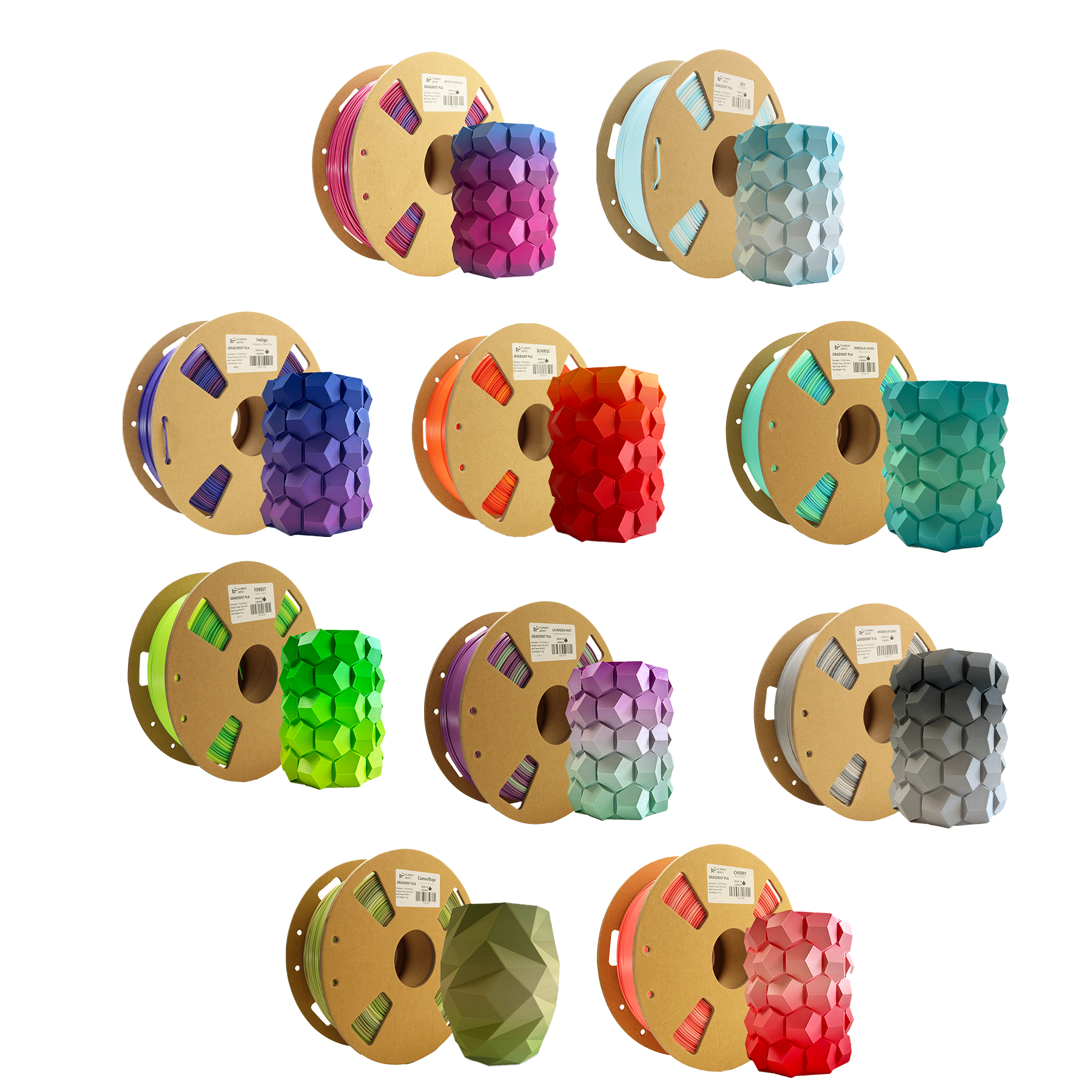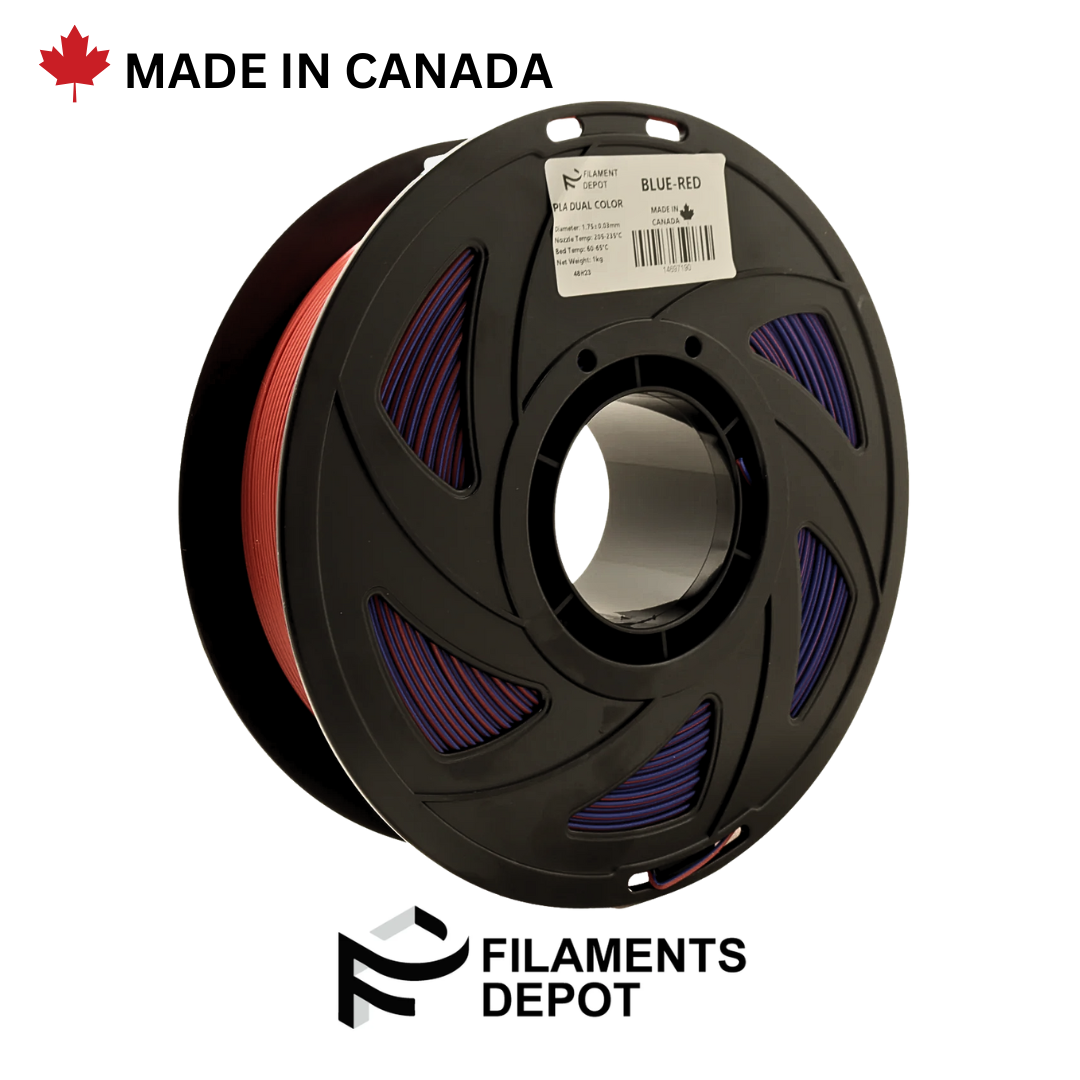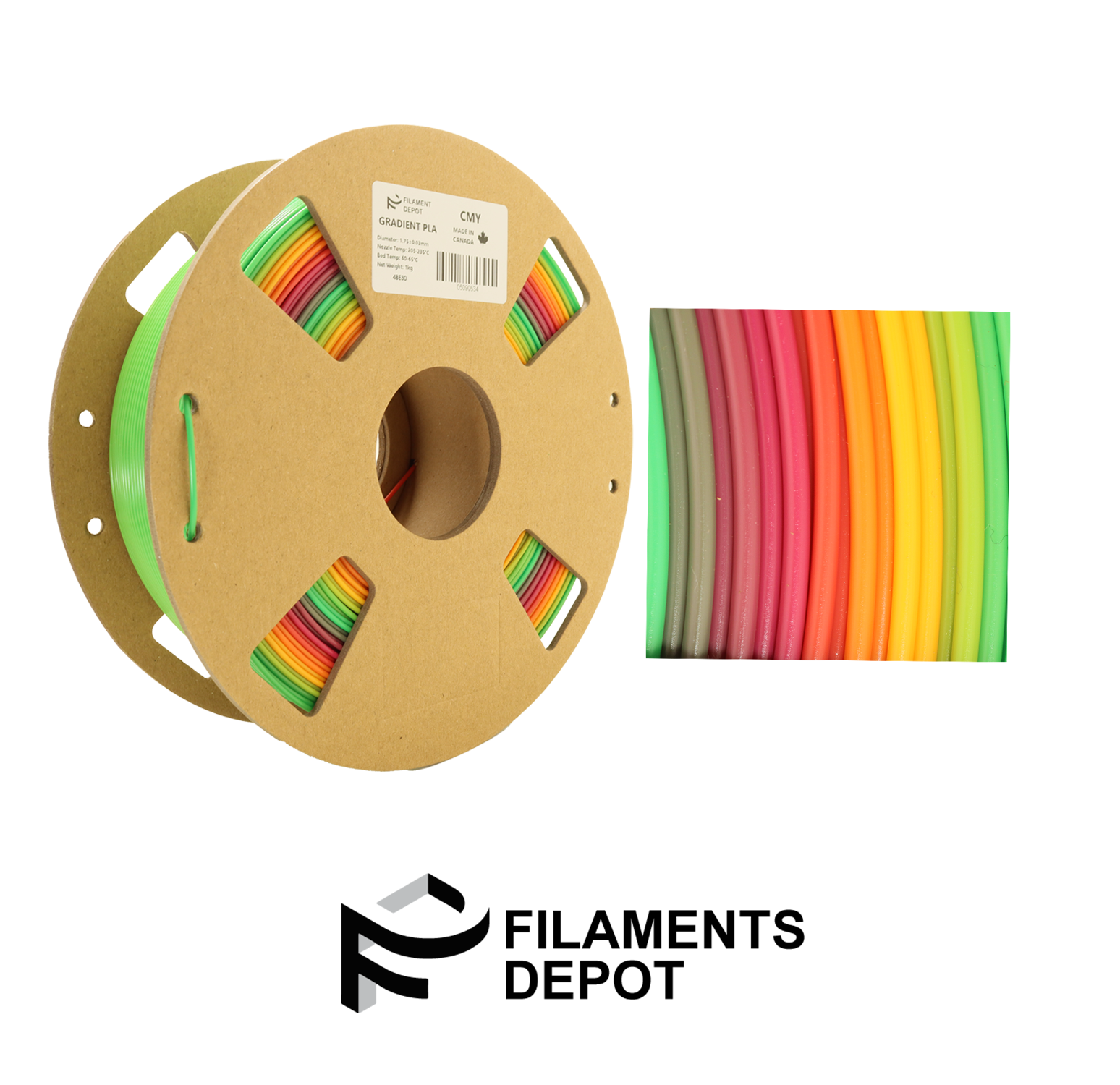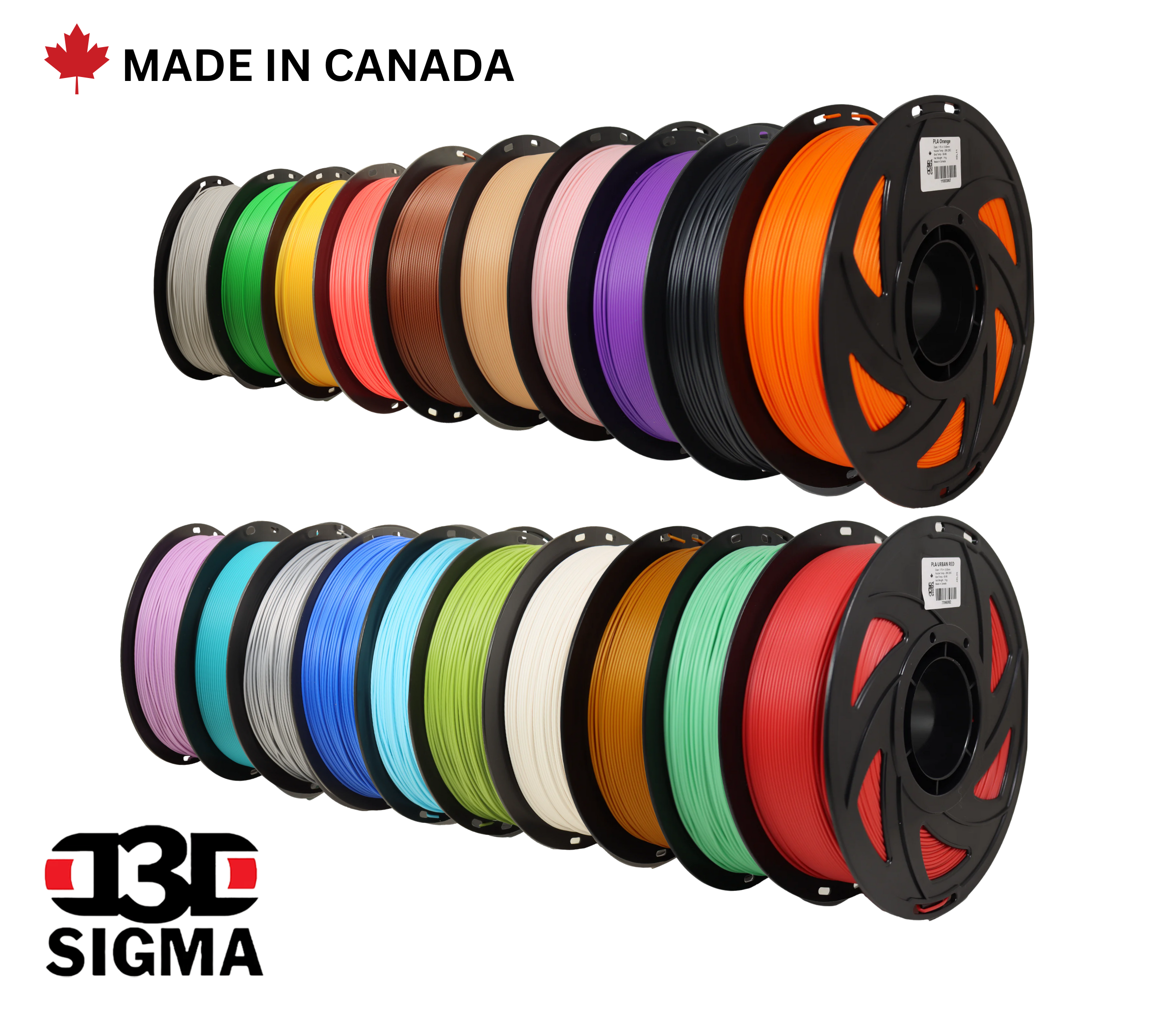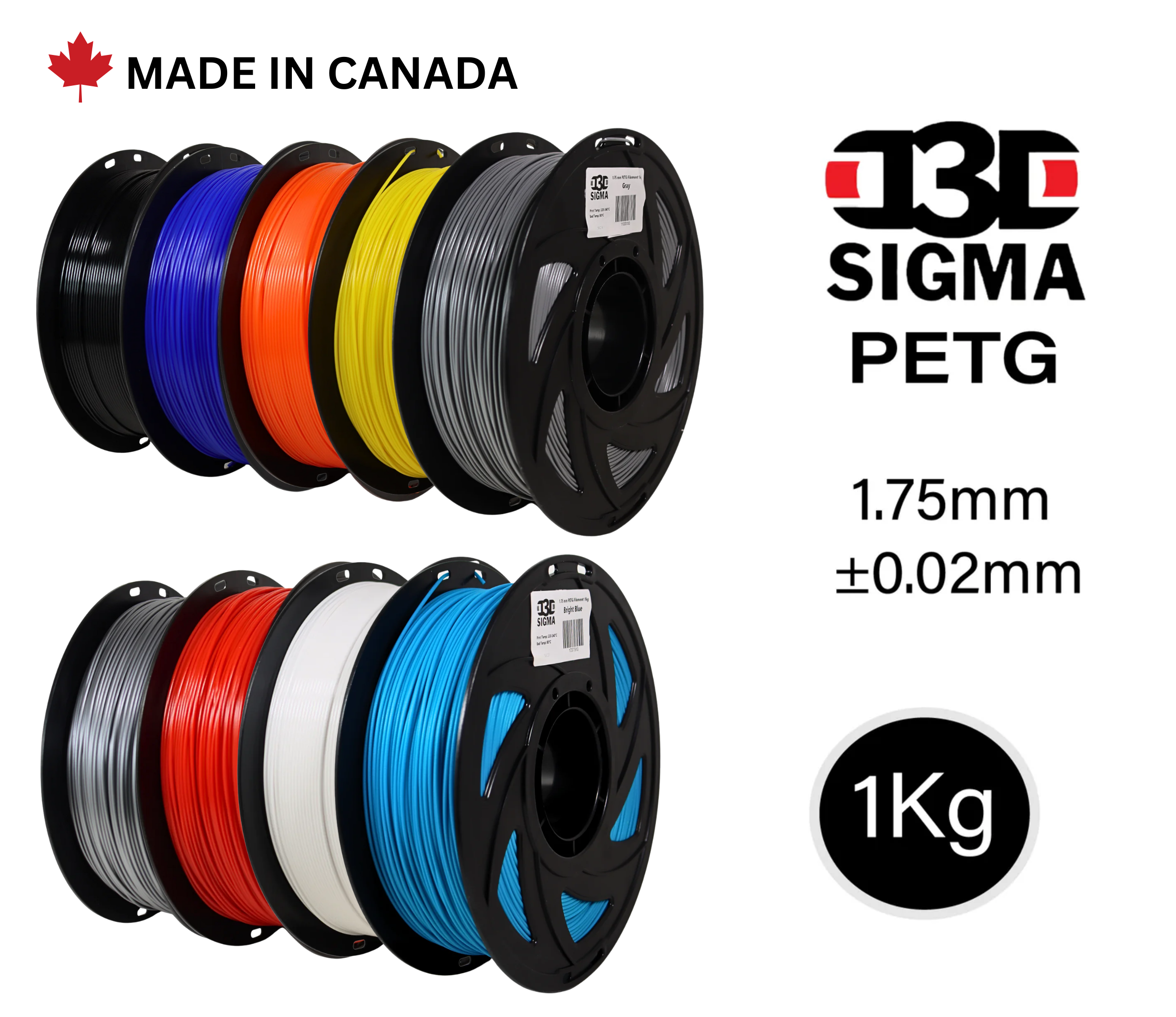PETG has long been a favorite among 3D printing enthusiasts — known for its toughness, flexibility, and ease of use. But recently, PCTG has emerged as a new contender, offering similar performance with noticeable advantages in specific areas.
So, is PCTG the new PETG? In this blog, we’ll break down their differences in strength, clarity, durability, and printability, so you can decide which one suits your next project.
🔍 What Is PETG?
PETG (Polyethylene Terephthalate Glycol-modified) is a glycol-modified version of PET (the same plastic used in water bottles). The glycol modification makes it:
-
Less brittle
-
Easier to print
-
More impact resistant
Best known for:
✅ Strength
✅ Chemical resistance
✅ Printability
✅ Slight flexibility
🔍 What Is PCTG?

PCTG (Polycyclohexylenedimethylene Terephthalate Glycol-modified) is part of the same PET family but offers:
It’s often used in medical devices, packaging, and durable consumer goods.
Best known for:
✅ Optical clarity
✅ Better toughness than PETG
✅ Slightly easier to print at high speeds
⚖️ PCTG vs PETG: Side-by-Side Comparison
| Property |
PETG |
PCTG |
| Impact Strength |
High |
Higher |
| Flexibility |
Moderate |
Slightly more |
| Clarity |
Semi-transparent |
Highly transparent |
| Heat Resistance |
~80°C |
~76–80°C (similar) |
| Chemical Resistance |
Excellent |
Excellent |
| Ease of Printing |
Easy |
Easy (less stringing) |
| Durability |
Great |
Better toughness |
| Price |
Affordable |
Slightly more expensive |
🧪 Which One Should You Use?
✅ Use PETG If:
-
You need a strong, affordable, and durable material for everyday functional prints.
-
You’re printing outdoors or need chemical resistance.
-
You’re looking for broad compatibility with AMS or third-party filaments.
✅ Use PCTG If:
-
You need maximum impact resistance (think enclosures, snap-fit parts, high-stress applications).
-
You want better transparency (great for LED housings, display parts, etc.).
-
You need better dimensional accuracy with less post-processing.
🖨️ Printability on Bambu Lab Printers
Both PETG and PCTG print well on Bambu Lab X1C, P1S, and P1P, but here are a few differences:
| Setting |
PETG |
PCTG |
| Nozzle Temp |
240–250°C |
250–260°C |
| Bed Temp |
75–90°C |
80–90°C |
| Cooling |
30–50% |
20–30% |
| Stringing Risk |
Moderate |
Lower |
| Bed Adhesion |
Easy (PEI, glue) |
Excellent on PEI |
💡 Tip: Use a textured PEI plate and apply glue stick for easy part removal with both materials.
🌡️ Storage & Handling
-
Both PETG and PCTG are hygroscopic, so store them in sealed bags with desiccants.
-
Dry at ~65°C for 4–6 hours before printing if moisture is present (you’ll hear popping sounds if filament is wet).
🏁 Final Thoughts
So, is PCTG the new PETG?
Not quite — but it’s an excellent alternative. If you value better clarity, improved toughness, and smoother finishes, PCTG is a smart upgrade. PETG remains a dependable, affordable go-to for most functional prints.
Verdict:
-
PETG = Affordable, reliable, and great all-rounder
-
PCTG = Premium durability + optical clarity for demanding applications


